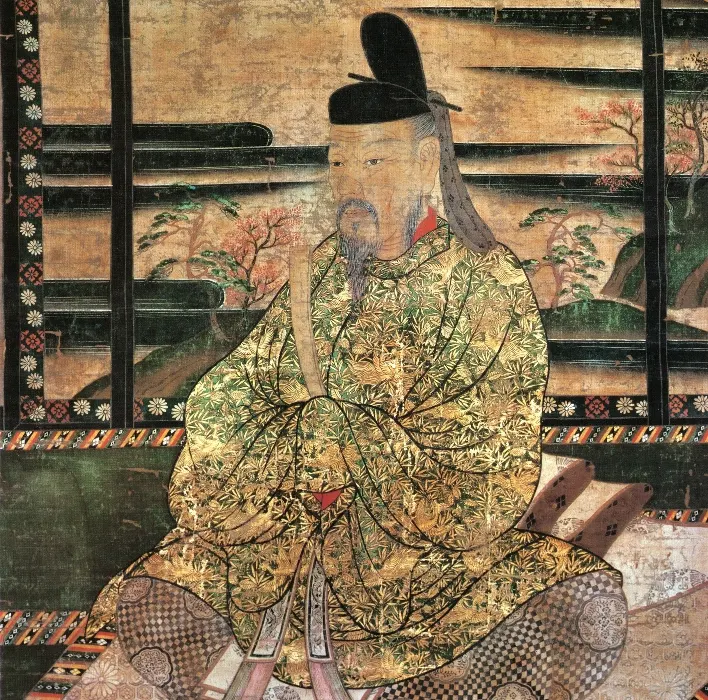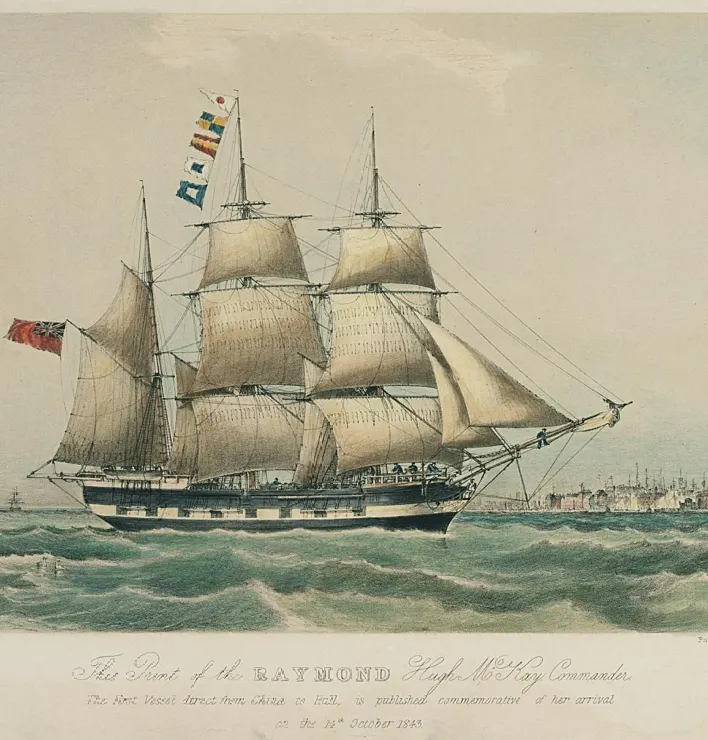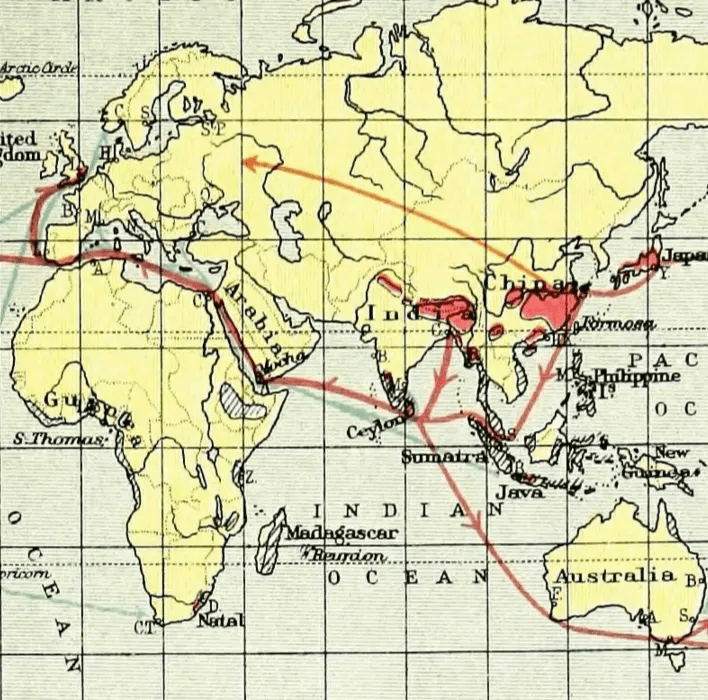
History of tea
The tea plant, Camellia sinensis, has existed for thousands of years, but evidence of its cultivation for use as a drink can be traced back over 5,000 years to its origins in China.
Many years later, in the 8th century BCE, the Chinese poet and scholar Lu Yu was credited with writing Ch’a Jing, which translates into English as A Treatise on Tea.
Completed around 780 BCE and comprising three detailed volumes, this T’ang dynasty masterpiece covers all stages of the journey of tea, from cultivation to drinking.
Back in those days, tea was regarded as one of life’s ‘seven necessities’ – along with rice, oil, salt, vinegar, soy sauce and firewood. In China’s tea-growing districts, even the humblest households had their own postage stamp-sized garden, where they could grow ‘liquid jade’.

Tea spreads to Japan
In the early 9th century, Buddhist monks from Japan on pilgrimage to China are thought to have returned to their homeland with tea. The Japanese developed their own distinctive ‘tea bricks’: compressed blocks of tea which had been pounded and moulded into shape to make them easy to transport.
Simply break off a chunk and add hot water. Hey presto: instant tea. Drunk this way, the beverage spread widely throughout the nation, and was beloved by Emperor Saga and his subjects.

Tea reaches Europe
It wasn’t until many years later, in the 17th century, that tea made the leap from Asia to Europe. Dutch and Portuguese traders introduced it as a luxury, along with silks and spices from Macao and Java.
Tea quickly became very fashionable, with advocates throughout mainland Europe, in Britain, the Mediterranean region, and in Russia, where Tsar Michael I received a gift of tea from China in 1618. Not long after this, long camel caravans began carrying furs to China and tea back to Moscow – eventually to be replaced by the Trans-Siberian railway.
In England, the marriage of King Charles II to Catherine Braganza of Portugal in 1662 heralded tea’s leap in popularity. Catherine brought tea as part of her dowry, introducing it as a drink to enjoy at breakfast time. The habit spread among the aristocracy, and beyond – with Anna, 7th Duchess of Bedford, taking the credit for also popularizing tea as an afternoon drink, spanning the gap between lunchtime and supper.

America falls in (and out of) love with tea
Tea drinking spread rapidly from Europe to North America, until an unpopular move by England’s King George III prompted a plummet in popularity.
England’s decision to impose import tax duties on tea led to an American rebellion, when in 1773 protestors disguised as Native Americans boarded three ships belonging to the East India company and threw their tea cargo overboard. The event – known as the Boston Tea Party – heralded a move away from tea, and decades would pass before its fortunes were restored.

Time for tea to go global
Although coffee held sway in much of Europe, the popularity of tea throughout Britain led to its worldwide success, carried by the growth of the British Empire as it traded throughout Queen Victoria’s reign.
Tea plantations sprang up in India, Ceylon (now Sri Lanka), and eventually East Africa – where our tea gardens exist to this day.